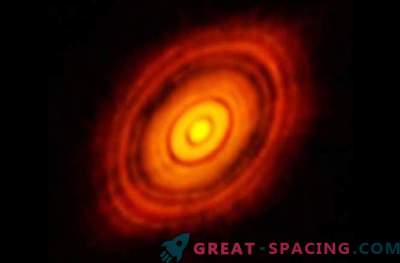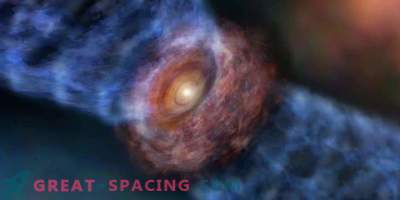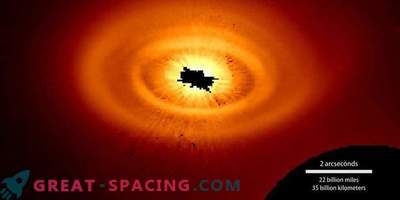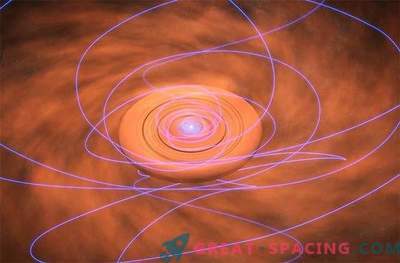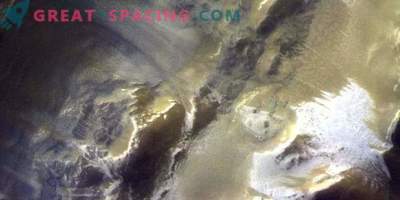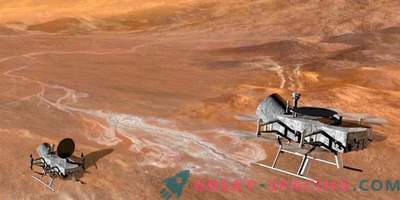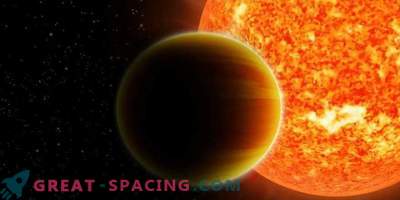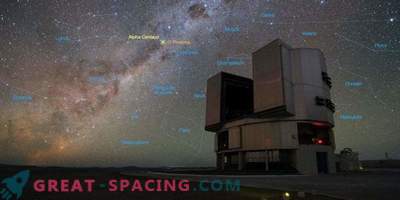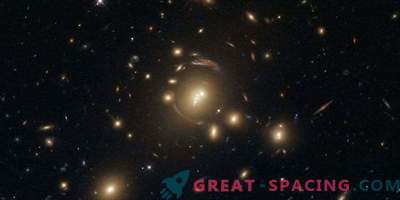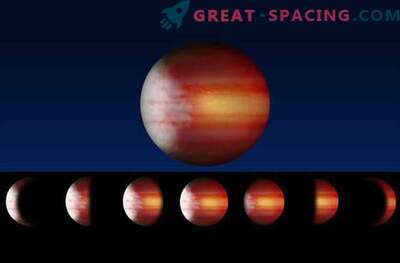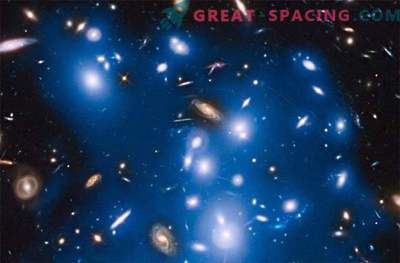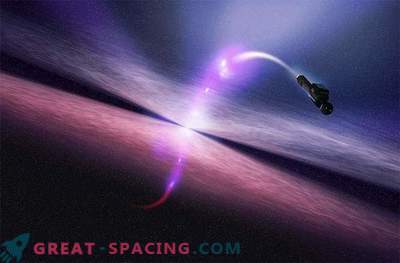
Artistic vision of the formation of protoplanets around a young star
The researchers used the radio telescope's archival data to develop a new method to search for young exoplanets. The technique has successfully confirmed the existence of two previously predicted planets with Jupiter's mass around the star HD 163296.
Of the thousands of exoplanets found, only a small amount is at the early formation stage. The discovery of a large number of children's planets will help scientists better understand the process of forming planets, including the features of the origin of the solar system.
Young stars are surrounded by rotating dust and gas disks, from which planets are formed. The antennas 60 of the ALMA's radio telescopes were able to display these discs with a high level of definition. Scientists used the collected data to show that the anomalies in the gas velocity in rotating protoplanetary disks can be used to search for giant planets. Other methods of searching for children's planets on disks of young stars are based on observations of emissions coming from disk dust particles. But the share of dust accounts for only 1% of the mass of the disk, so we decided to concentrate on gas (99%). New technology focuses on the movement of gas, exploring the radial pressure gradients in the gas to display the form of turbulence, allowing you to determine the mass and location of the planets on the disk.
The new method made it possible to successfully confirm the previously predicted existence of two planets with Jupiter’s mass around the star HD 163296. Distant 83 and 137 times further than the Earth-Sun distance, but the host star is brighter than ours. The technique will allow to interpret images of dust from ALMA. Detection of children's planets helps to understand how the atmospheric layer is formed and which molecules are involved.

